From rare glimpses of a Japanese sex school to a beautiful beluga whale, Magnum's intimacy-themed flash photo sale offers a unique opportunity to purchase works by some of photography's greatest practitioners
Photographers Robert Capa, Henri Cartier-Bresson, George Rodger and David Seymour founded the pioneering photographic cooperative Magnum in 1947, driven by the need to explore and document the world, its inhabitants and creative happenings in the aftermath of World War II. Today, almost seven decades years after its inception, images that expose intimate situations, extraordinary circumstances and emotive narratives remain at the heart of its ethos.
This week, inspired by the role that intimacy plays in both human relationships and image-making itself, Magnum presents a new flash square print sale, offering a covetable selection of over 50 highly personal images, hand-selected and signed by the photographers who made them. From family holidays on the French Riviera, to the unseen interiors of Japanese sex schools and couples kissing in the back of a car, Magnum dug deep into its million-photograph archive to depict the most intimate visual stories of human connection. Titled Up Close and Personal, the sale will run online until Friday, so hereʼs the chance to take home rarely seen photographs by masters like Wayne Miller and Thomas Hoepker for just $100.00 (approx £65.00). If this wasn't enough to spur you into starting (or adding to) your art collection, here we reveal the stories behind some of the fair's standout images...

Marco Bischof, son of Werner Bischof
"There is war in Europe. In Switzerland, two people meet in the peaceful privacy of a photography studio – a vibrating mood. The photographer points a projector with a grid film onto the naked torso of the model. This photograph was created. The 1940 diary of my father reads: ʻA beautiful woman resembles a flower – she is beautiful in its external form, she has vibrations and harmony... But be happy with the beauty without searching for depth.ʼ”
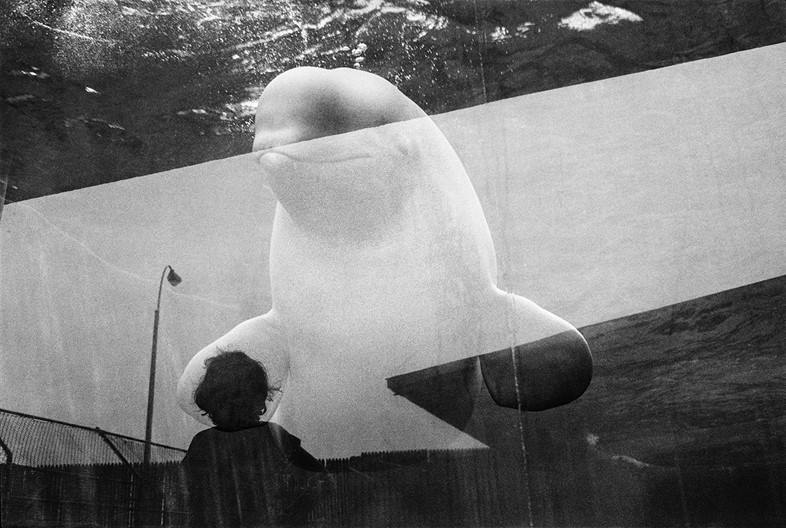
Jean Gaumy
“My daughter, Marie, and I discovered this beluga whale at the New York Aquarium on Coney Island. I was in fact in New York for three weeks, attending that other aquarium, the Magnum Meeting. Little did my 11-year old daughter and I realize at the time, that this beautiful animal was in fact ʻBlanchonʼ, the hero of a very famous Canadian documentary film, Of Whales, the Moon and Men, directed by humanist filmmaker, Pierre Perrault. Eventually, Pierre became a dear friend. He was an incredible filmmaker, in the style of Leacock, Wiseman and Rouch.This image is like a cocktail of intimacy, bringing together my daughter, the great animal, and subliminally, my friend Pierre, our shared passion for humanist approaches and documentary films.”
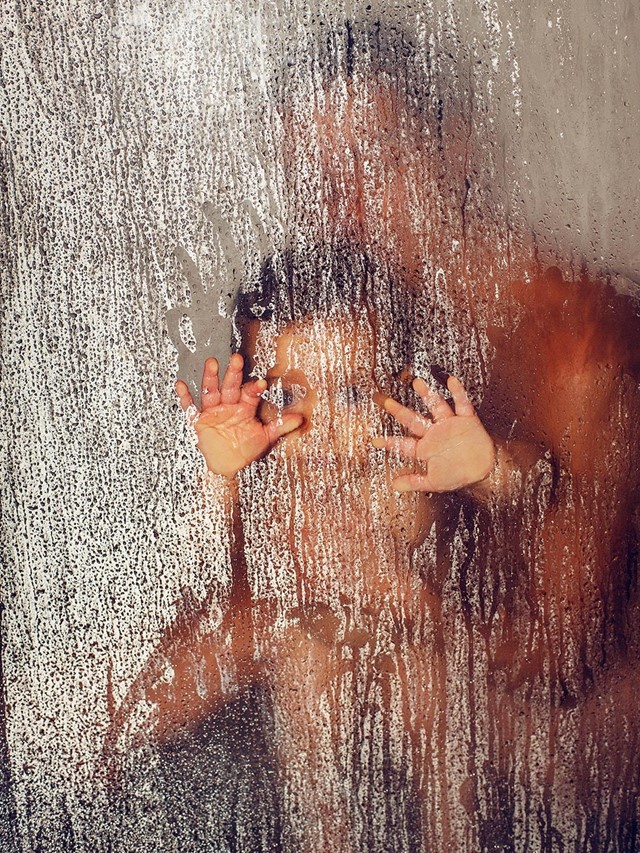
Christopher Anderson
“In 2008, my first child was born. Up until that point, my photographs as a ʻwar photographerʼ had been about the experiences of others in far away places. Now, for the first time, I found myself photographing my own family... my own experience. It was not a conscious decision. It was quite an organic and ordinary reaction, that of any new father. It didnʼt occur to me that these photographs had anything to do with my ʻworkʼ. But I now realize that these images were actually my lifeʼs work and that every photograph I had made up to that moment was just a preparation to make these photographs of my family.”
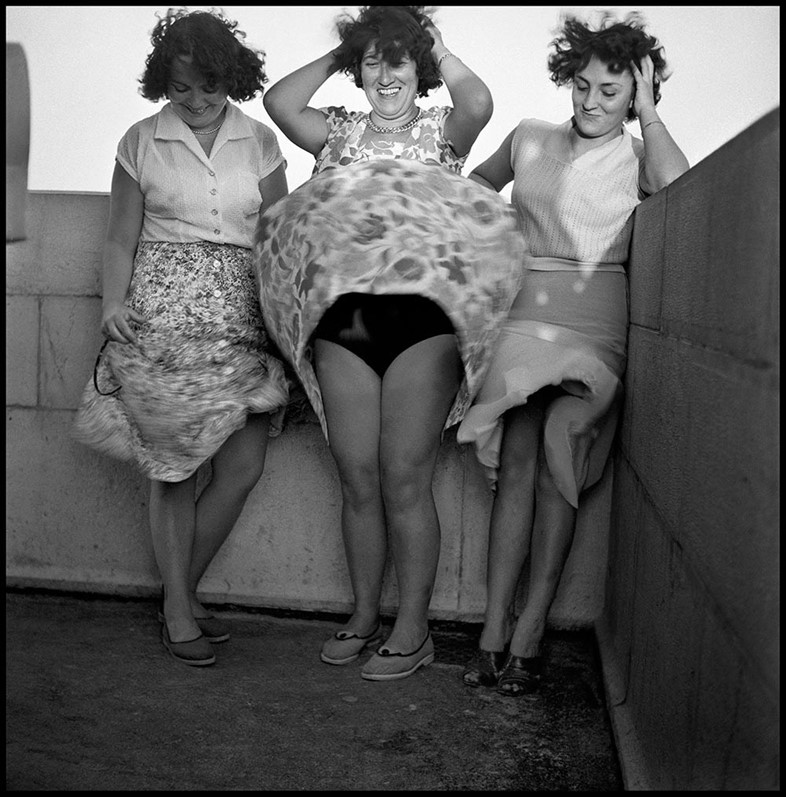
Guy Le Querrec
“This is one of the very first pictures I took. It was 1956 at the top of Antibes lighthouse on the French Riviera and I was a young boy. The woman in the middle with her hands in her hair and a bright smile is my mother. As the wind blew up her skirt, and before Marilyn made the move famous, I stopped hiding behind her. I was 15 years old, but it didnʼt take me seven years to develop the itch to take pictures!”
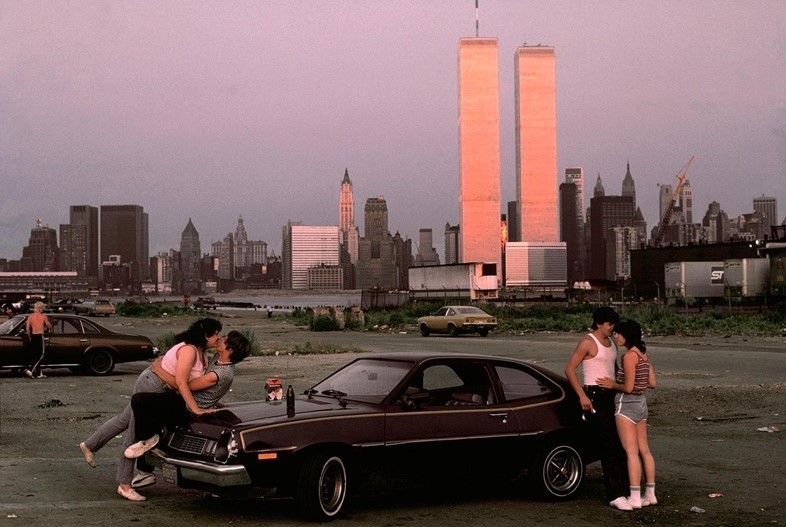
Thomas Hoepker
"I took the picture in the fall of 1983, at sunset at the old docks in New Jersey with a view towards the World Trade towers in New York City. I had heard that there was a traditional Loversʼ Lane, a meeting place of young people in their cars, bringing booze and sometimes drugs. The sun was setting and the towers across the river were glowing before it became too dark to take more pictures.”
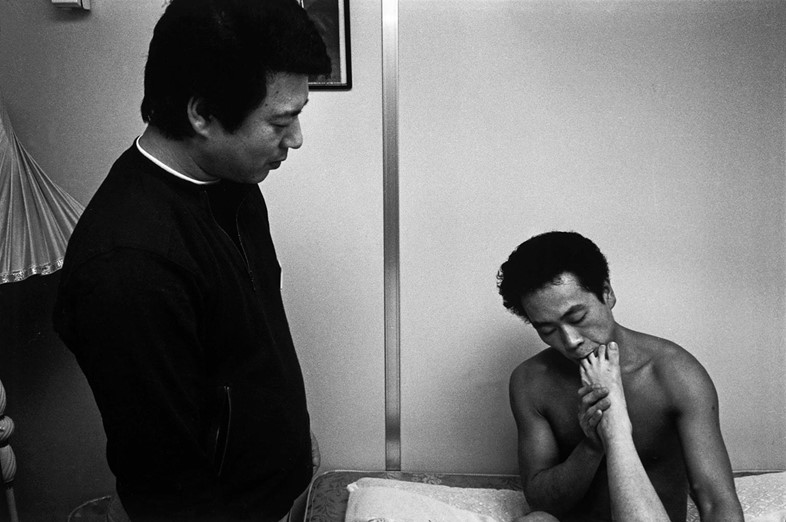
Richard Kalvar
“What could be more intimate than a Tokyo sex school (whatever that is), particularly lesson 437B, the Sucking of the Toes? I spent five months trying to become intimate with Japan, but even when I got very close, I remained on the outside. The glass wall of language separated us. I could see inside, but not really understand what I was seeing. It might have been better if I knew what was going on here. Or maybe not, because in my ignorant curiosity I had to look harder, and let my imagination play. So we became more intimate, in an unexpected way.”

Bieke Depoorter
"By asking people I accidentally meet on the street to spend the night in their home, I often enter in the intimacy of peopleʼs lives. I like to photograph the moment when the night falls and people return to their homes, close their doors and put their nightwear on. In between two days, when no one is looking, there is a little moment when the facade falls away. I find it very difficult to choose my most ʻintimate photographʼ, because I experienced so many. I realized something important while spending time with this older American woman in her bedroom. Photography is about sharing, it is a conversation that goes in two directions. It was not only me that observed her, but through me, she looked at herself. After a long time together in her bedroom and after this picture was taken, the woman stood up in her white night dress, crying intensely; she gave me a long hug and went to sleep.”
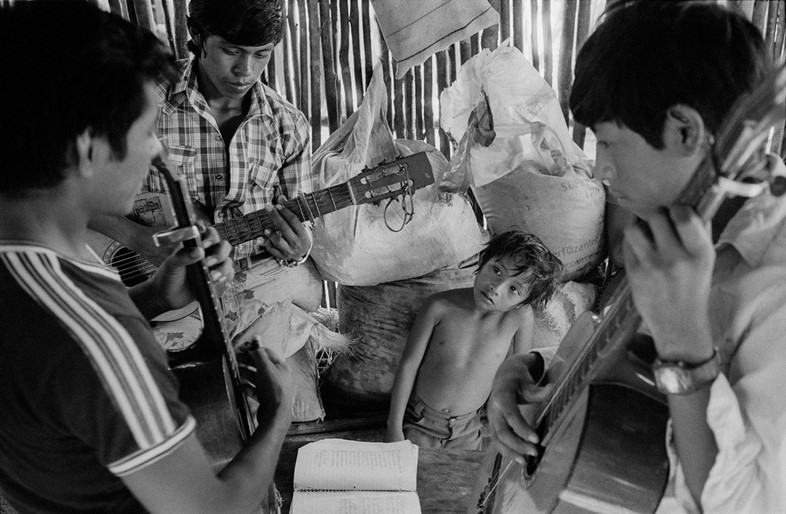
John Vink
“I always wished I could play music. But I donʼt. Canʼt play. Donʼt even try to drag me into karaoke. I can only listen. Good musicians take you to places no other art form can take you. When the music is good, when the music gets intimate, it gets so close to your skin that it penetrates your mind, drags it through such a variety of emotions. There is a proximity, triggering direct, straightforward emotions that the limited resources of photography couldnʼt ever dream of achieving. A photograph can only, sometimes, show that abandonment to music.”
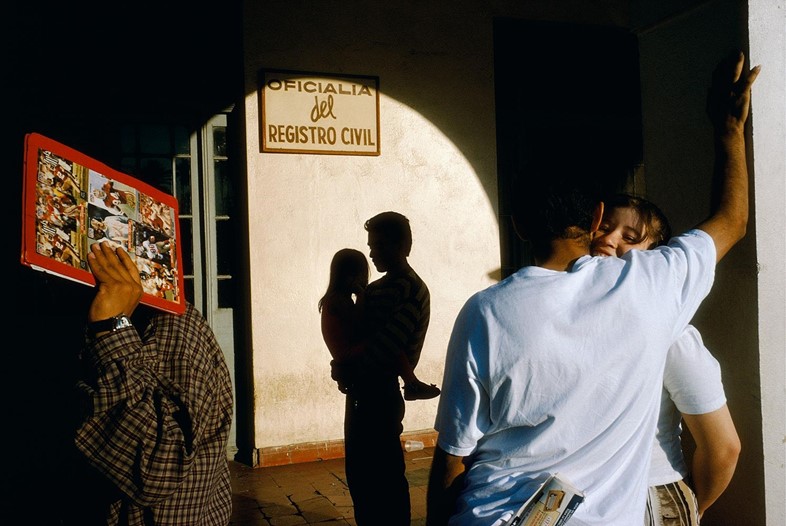
Alex Webb
"In 1996 after returning from the US-Mexico border, I showed my new work to Rebecca Norris, who Iʼd been seeing for some six months. When we came to this photograph from Nuevo Laredo, Rebecca smiled bemusedly and said, ʻmuy romantico.ʼ Looking again, I began to see that it does indeed strike a different note. Although inhabited by those deep shadows that characterize much of my border work, this particular photograph is quieter, more lyrical. Photographers donʼt just find photographs; sometimes photographs find photographers. In retrospect, it hardly seems surprising that this photograph found me when it did – as I was falling for the remarkable woman and lyrical photographer whoʼs the love of my life. Three years later, we printed this photograph on our wedding invitations."
See more from Magnum's Square Prints Sale here.
